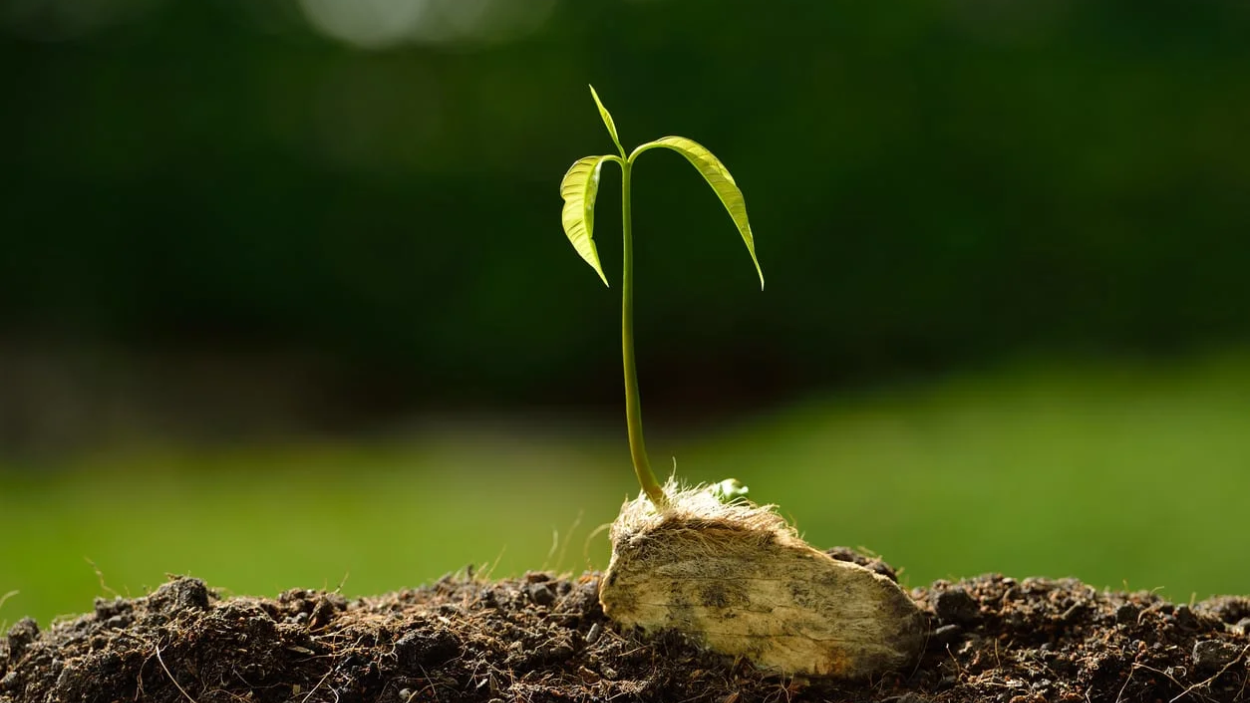Growing corn in your own backyard garden may be a gratifying and satisfying experience. Corn is a staple crop in many regions of the world.
So how do you grow corn effectively? In this article, we'll provide a step-by-step guide to help you grow corn successfully, including selecting the right variety, preparing the soil, planting, fertilizing, and harvesting.
Growing Corn at a Glance
Name: Corn, maize
Scientific Name: Zea mays
Water: High
Light: Full sun
Water: High
Safety: Harmful to the stomach
Can Corn be Grown in Containers?
Corn can legally be grown in containers, although it is not advised. It is challenging to meet corn's needs in a container because it is a large, tall plant that needs a lot of room and nutrients to develop healthily.
Corn may not have enough space in a container to establish a robust root system, which may cause stunted growth and decreased yield. In addition, maize needs a lot of water and nutrients, which can be difficult to supply in a container without drowning the plant in either.
How to Grow Corn
Selecting the right variety: Numerous corn types are available, each with a distinctive set of qualities and requirements for growth. When choosing a cultivar, consider elements like maturity time, kernel size and flavor, and disease resistance.
Preparing the soil: Corn needs nitrogen-rich soil that drains well. Test the pH and nutritional levels of your soil, then make any necessary amendments. Before planting, it's also crucial to ensure the soil is free of waste and weeds.
Planting: Each corn seed should be spaced 8–12 inches apart, and the rows should be 30–36 inches apart when planting corn. After sowing seeds, moisten them well and bury them 1-2 inches deep. After your area's final date of frost, corn should be planted.
Fertilizing: Regular fertilization is necessary to support corn's healthy growth and development. When planting, use a balanced fertilizer, and once the plants are 6 to 8 inches tall, side-dress them with more fertilizer.
Watering: Throughout the whole growing season, especially during the crucial pollination time, corn needs constant rainfall. Depending on how much rain there has been in your area, water deeply once or twice a week.
Harvesting: When the silks have gone brown and the kernels are ripe and delicious, corn is ready to be harvested. Harvesting involves tightly holding the ear and twisting it downward to remove it from the stem. When not in use, keep harvested corn in a cool, dry location.
How Do I Know When to Water My Corn?
Here are the key things to keep in mind when watering your corn:
Frequency: Regular irrigation is necessary for corn, especially throughout the growth stages. Generally speaking, during the growing season, water corn 1-2 times a week, depending on the climate.
Amount: Rainfall included, corn needs roughly 1-2 inches of water each week. You'll need to irrigate to make up the gap if rainfall is insufficient. How much water your corn receives can be monitored with an irrigation meter or rain gauge.
Soil moisture: Every few days, check the soil's moisture level. Push a finger two to three inches into the ground. Watering should be done if the soil seems dry. A moisture meter is an alternative option.
Stress symptoms: Your corn needs water if it begins to wilt or its leaves curl. To prevent long-term harm, take immediate action.
Stage of growth: During the stages of sinking and ear production, corn requires the most water. During these times of fast growth, plants develop their ears. During these times, keep a close eye on your moisture demands.
Weather: Soil and corn plants can easily dry out under hot, windy conditions. When there are prolonged periods of extreme heat and little humidity, drink more water.
Irrigation method: The best irrigation techniques for corn typically involve drip irrigation or soaker hoses because they provide water directly to the soil around the roots. Sprinklers are also functional.
How Long Does it Take for Corn to Mature?
Depending on the species and growth circumstances, corn can mature at a variety of times. The majority of sweet corn cultivars, however, require 60 to 100 days between planting and harvesting. Mid-season types of sweet corn take about 80 to 90 days to reach maturity, whereas early varieties take about 60 to 70 days. Late-season variants mature in about 90–100 days. It's vital to remember that elements like temperature and moisture can also influence the maturity of maize. When corn is ready to be harvested, keep in mind that if it is left on the stalk for too long, the quality and flavor may suffer. Enjoy the tasty, fresh corn you grow in your backyard!
Final Thought
Growing corn in your home garden can be a fun and rewarding experience, but it does require careful planning and attention to detail. You can enjoy a plentiful harvest of delectable, fresh corn by choosing the perfect kind, preparing the land, planting, fertilizing, and harvesting it correctly.




